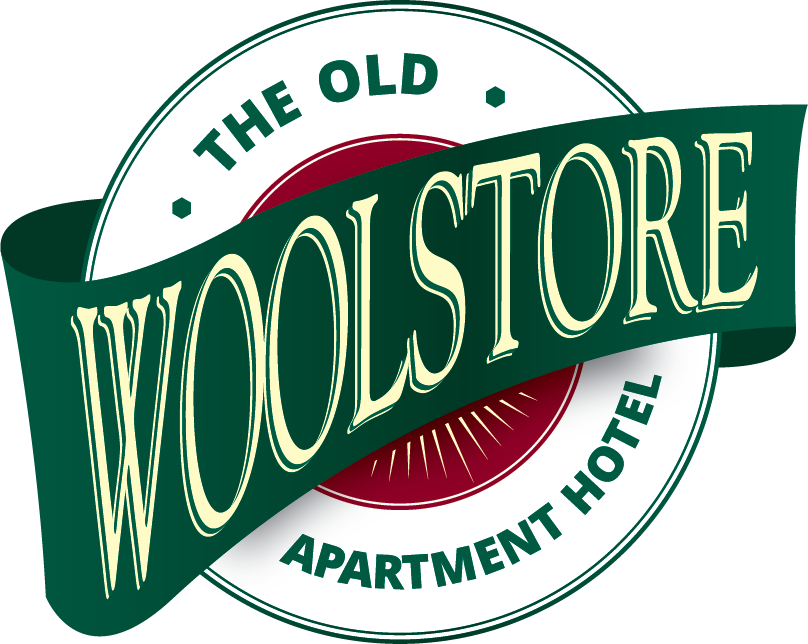Hobart History - The Good, the Bad and the Ugly
The history of Hobart is much like a compact history of Australia itself. It begins with a millennia of Aboriginal occupation, then British colonisation, convict days and industrialisation in the 20th century. The suffering of indigenous Tasmanians and convicts represent skeletons in the city’s closet. However, the beauty and relaxed vibe of Hobart today stand in contrast to the ghosts of the past.
Indigenous Hobart
For tens of thousands of years, Tasmania was home to several culturally, linguistically and physically distinct indigenous populations called the Palawa. Hobart’s original inhabitants were the semi-nomadic Mouheneenner and Muwinina bands of the Southeast Aboriginal tribe, who called the area Nibberloonne. kunanyi, called Mt Wellington by settlers, was a place of refuge and reward for the Muwinina.
Their eventual dispossession was sadder than even that of their distant relatives on the mainland. Their relationship with settlers was characterised by violence and brutality, extreme even for the times.
Colonisation
While the Dutch, notably Abel Tasman whom the island was eventually named after, and the French made 'discoveries' that brought the island into European consciousness, it was the voyages of the British that led to the establishment of settlements and the claiming of the land for the British crown.
In 1803, the first European settlers in Van Diemen's Land set up at Risdon Cove on the Derwent’s eastern shore, which promptly became the site of the first massacre of the Mouheneenner. The colony relocated a year later to the site of present-day Hobart, where running water was plentiful.
Convicts
When Britain’s jails overflowed with sinners in the 1820s, thousands of convicts were chained into rotting hulks and shipped down to Hobart to serve their sentences. Female convicts were incarcerated at the Female Factory in South Hobart while the worst of the male convicts went to Port Arthur southeast of the city. Many of Hobart's beautiful old buildings, roads and structures were built by these convicts.
Going into the 20th Century
By the 1840s, Hobart’s waterfront was alive with sailors, soldiers, whalers and rapscallions boozing across the countless harbourside pubs. With the abolition of convict transportation to Tasmania in 1853, Hobart became marginally more moral and the town came to rely on the apple and wool industries for its fiscal fortitude.
Visiting Hobart? Stay at the Historic Old Woolstore
Before its transformation into a collection of hotel rooms and serviced apartments, The Old Woolstore on Hobart’s historic waterfront had a history as fascinating as that of Hobart itself. The building retains its original floors and much of the original equipment from it’s wool treatment and agriculture days, meaning your stay can be a historic experience in itself. Book today.
